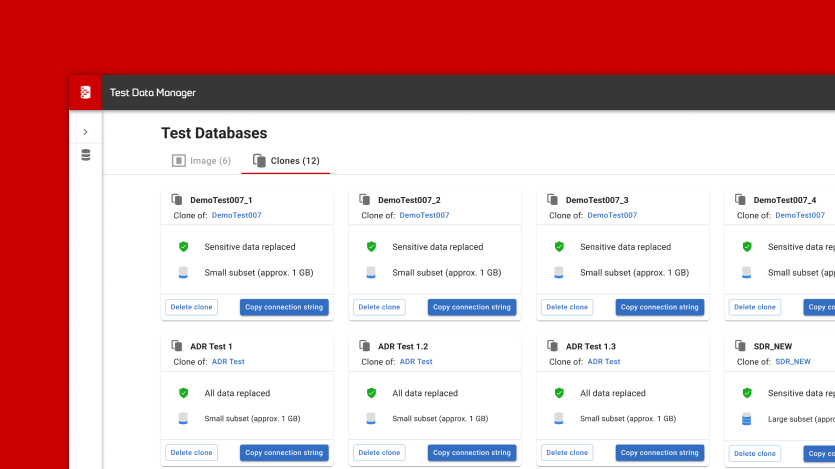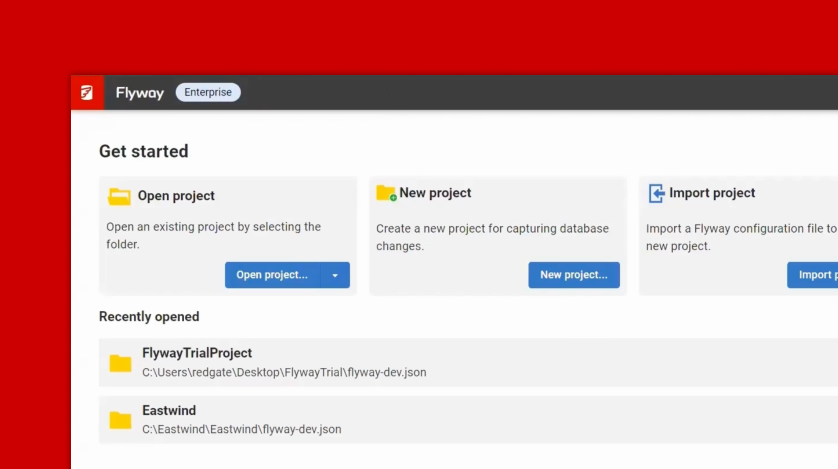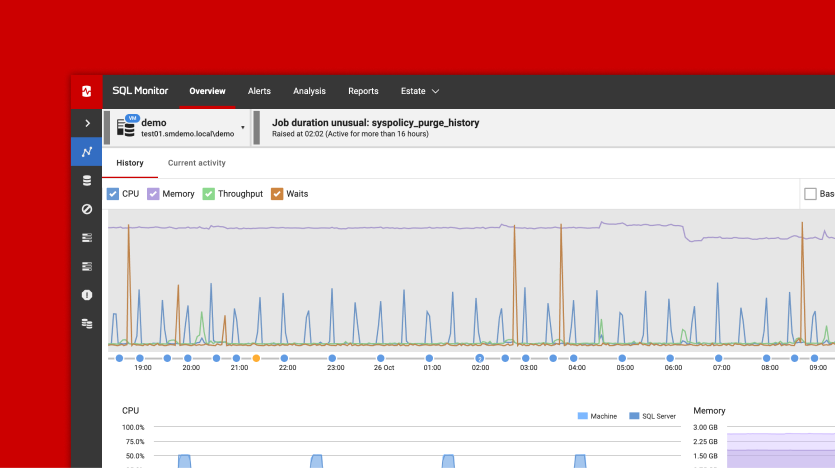Product articles Database Performance Monitoring
No posts found
Redgate Hub
-
Product Articles
Tips and how-to guides for Redgate products
-
University
Easy to follow video courses
-
Events
Join us online, or get sponsored
-
Forums
Ask, discuss, and solve questions about Redgate's tools
-
Community
Develop your skills and meet Redgate Advocates and Friends
-
Simple Talk
In-depth articles and opinion from Redgate's technical journal













